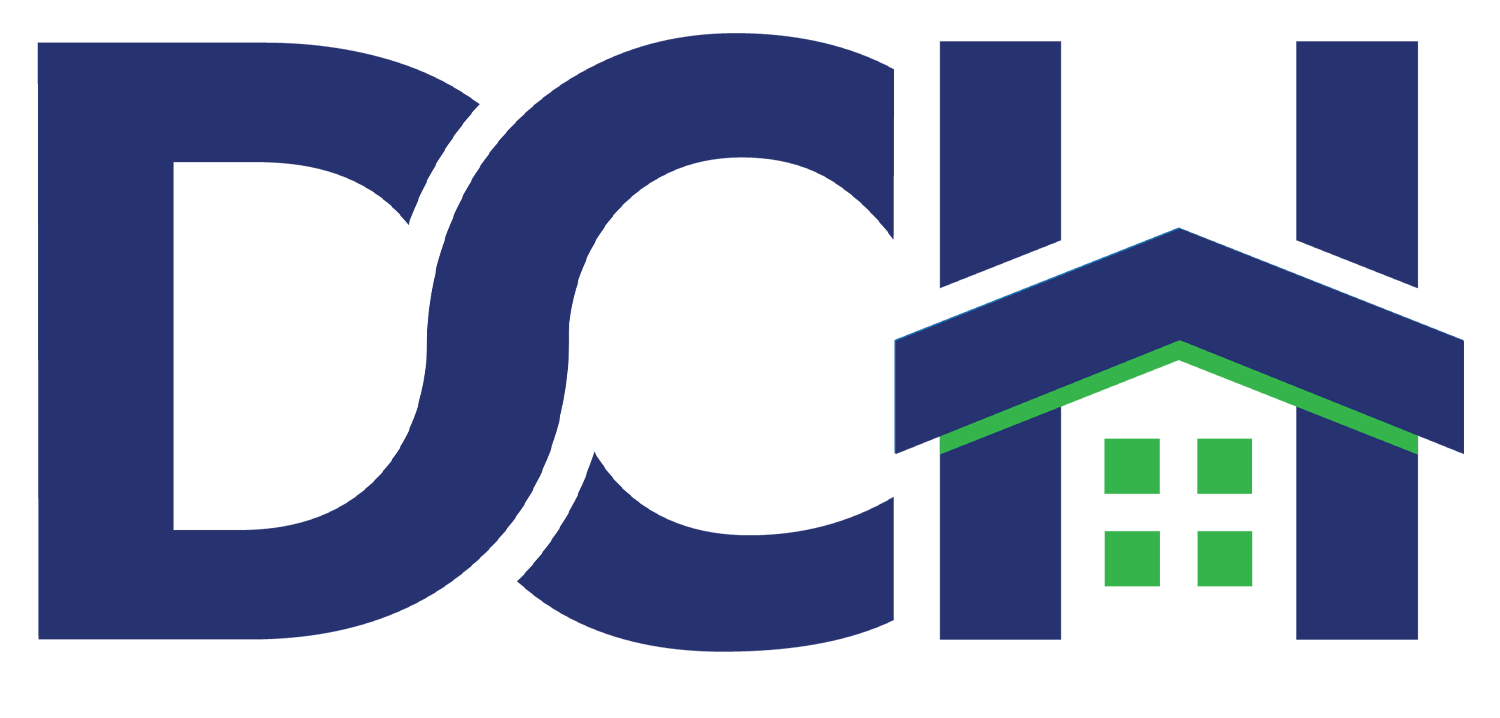What is Attainable Housing?
What is attainable housing? How is attainable housing different from affordable housing? Attainable housing and affordable housing are potential solutions to ease the current housing crisis, but are the subject of much debate by policymakers and experts. The key difference is what an individual qualifies for in relation to where they live. It comes as a surprise to many that in the current market they may qualify for attainable housing. Operationally, the development of attainable housing vs affordable housing can help alleviate housing pressure without devaluing neighborhoods with very high-density construction to house only those qualifying for subsidized affordable housing. We explore the differences between affordable and attainable housing and how they shape communities, and the future of Dallas housing.
Supply and Demand: Market Pressures 2022
According to the US Census Bureau fewer homes have been built from 2010 to 2019, than in the 1960s. For entry level buyers, there is less than 10% inventory compared to 40% in the 1980s. Millennials are reaching ages where they are entering the market, with very little inventory, which drives prices up further. Complicating matters is the supply chain issues resulting from the COVID-19 pandemic and hikes in interest rates to offset inflation, leading to a a very volatile housing market. According to Redfin brokerage since 2020, home prices have increased from $300,000 to $400,000 and a typical mortgage payment is up 30% from last year. With homeowning becoming more expensive, rents in turn are rising, often unpredictably. Paying rent or buying is not affordable for many, and workers that are critical to communities thriving, are being priced out.
What is Attainable Housing vs Affordable
Many experts offer affordable housing and attainable housing as solutions to the housing shortage, but those who could benefit, rarely understand how each functions, and even what attainable housing is. Dallas City Homes provides attainable housing solutions, see more about us here, and we will explain the subtleties.
Affordable housing is government and nonprofit subsidized housing communities, while attainable housing is more affordable, but unsubsidized. Both are based on the Area Median Income (AMI), but the lower percentage qualify for subsidized affordable housing is subsidized. Since attainable housing is driven by market conditions, it tracks that in this volatile housing climate, attainable housing solutions are hard to come by. In 2018, Dallas is 20,000 short of housing for those workers that are necessary for a city. Dallas City Homes has a number of case studies and projects that are alleviating this shortage. See here.
How does Attainable Housing foster Community?
Since attainable housing is available to those who are in the median income of the area, it is the goal of this type of housing solution that attracts workers that are essential to the success of an area. Workers include doctors, nurses, teachers, fire and rescue workers and many more who are unable to afford to live in high priced areas. With more people commuting, comes less living satisfaction, less leisure, and less culture. In turn, the disparity makes an area and its population less likely to thrive.
How DCH is Making a Difference in the Dallas Housing Crisis
Some of the ways Dallas City Homes works with Dallas area neighborhood associations, developers, and nonprofits is to ensure communities are thriving and that workers are able to live and work are new solutions to the building. Since we are strictly Attainable housing, we are not under HUD restrictions and can work more closely to offer housing that is both affordable and attainable based on the AMI. Further, we advocate for high-efficiency and green technologies to lower costs of ownership, for the redevelopment of blighted areas, thereby expanding opportunity in areas with a constricted market.
Want to learn more?

